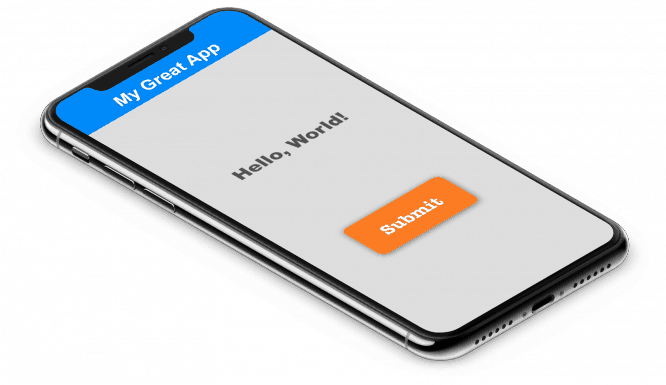Working with deadlines for the designer
Working with deadlines for the designer
Designers are most afraid of the two Ds – developers and the deadlines. While the former can be dealt with in some way (there’s nothing you can do about it), deadlines are much more difficult. I’m pretty sure there are people like me who want to change careers as a designer just because they consistently fall short of deadlines.
There can be many reasons why you didn’t finish your work on time. But if you are constantly delaying deadlines for, say, every project you take on, then something is seriously wrong with your workflow. While this requires some serious personal refinement of your bases, I hope the information below will help you.
So you have the potential for your next project. You feel very confident about completing it – but at the same time a little fear arises. What if you miss the deadline? Can you complete the project as soon as possible? Yes, there are some things you can do to achieve this goal. We can divide them into two parts –
Prior commitments (things to look out for before contacting a product)
Follow-up commitments (what to do when you get stuck and think you’ll miss your deadline)

Prior commitments
Fast design doesn’t mean a quality product
“You either supply goods or you drown” is the modern era of startups. Always give time. Time creates questions and questions create solutions, and solutions shape your product. Delivering a quality product definitely takes time. Your design must go through many stages before you send it to the outside world for consumption. Always think that your project will take some time to solidify, do not rush with the intention of completing it as soon as possible. Explore the product deeply and then start working.
Understand the design process
Understanding your design process from start to finish is absolutely essential. If you don’t know or don’t see how designers work with a product, go back to basics. There are certain stages that each designer goes through to get a finished project. Simply put – idea, research, real design, testing, iteration – get familiar with the process and make sure you change it to suit you best. Define early goals. Understanding what you are going to do first can save you a lot of time.
Speak loud and clear
Once you customize the entire process for yourself, you can calculate the approximate time that each project will take. I know designers who set short deadlines for a project just to show that they are better than others. Do not do this. Time does not define you. You only need to set a deadline when you are confident that the work will be completed. I would suggest adding an extra 4-5 hours. The job requirement is the responsibility of the client, and the timing is yours.
Learn to say no
If your PM / client forces you to complete the job in a ridiculously short period of time, immediately abandon the project. Design is not easy. Coming up with the best product is the same as your mental health. By working hard, you will not only fail to make a good design, but also worsen your health. Learn to say no and be direct. Good clients always know that quality design takes a long time. If clients insist on short deadlines, feel free to drop the project.
Subsequent commitments
Get early feedback
The process won’t work if you don’t adhere to it. Every ship that is at sea needs a course correction to get to its destination (yes, I just came up with that). Getting early feedback on your design will help you adjust course and drift in the right direction. It also brings more clarity to the product you are developing for. Make sure you always check in with the developers on a regular basis and know if the design you are doing is feasible – whether there are development constraints, platform issues, etc. If your developer thinks this won’t work, or if it takes longer , listen to them.
Copy competitors
Yes. They’ve already done it. And it works. Copy. Improvise from this. Always check, research and research all available competitors before coming up with your own solution. There may be a very simple solution, or you may be wrong. Your competitor also has a designer who went through all these processes and found the optimal solution.
Get a freebie
There are many resources available on the Internet for free and commercial use. If you find something that suits your product, buy and use it. Try using free icons / illustrations inside your product. The hamburger icon will look the same if you make it or just reuse it from a free resource.
Use defaults / Native components
Don’t reinvent the wheel. The user just needs a dropdown menu. If such a menu is available by default as a component, use it. Don’t design something similar, don’t waste time. There are people who work and put a lot of effort into coming up with default components for web, mobile and other platforms. Use them because it just works.
Submit unfinished work
Feel free to submit your unfinished work. It’s only when you do that that your client / manager will see how close you are to your goal and how the extra time will help you come up with a better version. Realize that you didn’t complete the work on time, and sincerely ask for the extra time you need. Remember what you started for.
Always remember that this will only help you if you have understood the process correctly. It’s your hard work + smart work to get the best out of you. And also keep in mind that it will take more time to create a quality design than you think.
…
Source: vc.ru
…



